The Baltic comics anthology š! from kuš! is one of the more challenging delights of the comics world, grafting the sensibility of a contemporary art gallery onto the comics page. It regularly presents challenging and edgy work, often abstract, but with enough show of personality that you can see these are the works of real humans, and it comes in a striking mini-digest format that evokes Little Big Books, adding to its appeal as an object to display.
Traditionally, the anthology features numerous shorter entries around a theme, but for its 23rd issue, subtitled “Redrawing Stores From The Past,” five longer works have been collected by as many cartoonists, all centering on the Holocaust and providing a moody, heady overview of this historical tragedy from five different European vantage points.
In the first story by German cartoonist Paula Bulling, who also drew this issue’s cover, a grim tale of Muslim brothers in Buchenwald unfolds through Bulling’s evocative blue and gray smudges, capturing the emotional low of the imprisonment and the desperation of the concentration camp residents, while adding yellows and oranges to give physical shape to the fire between the brothers. From there, it segues into Bulling’s own research and her encounter with an audio tape interviewing a Muslim member of the resistance and delving into the role Muslims played in the resistance, most importantly a medical one, and most significantly, helping the Jews oppressed by the Nazis, a little known, seldom celebrated role during the war.
In Vuk Palibrk’s “Encounter,” the story of his Serbian grandfather and Russian grandmother meeting at the Johanneskirchen Labor Camp in Austria is told in stark black and white, with genial sequential segments interspersed with almost apocalyptic looking scrawls of terror. It’s a tale of the humble ways human beings get through big, terrible times, as well as the small signs of humanity that come from even so-called monsters. It’s also an example of that most heartbreaking truth of the human condition, that horrible events can sometimes lead to beautiful outcomes, as with the union of Palibrk’s grandparents and their eventual family together.
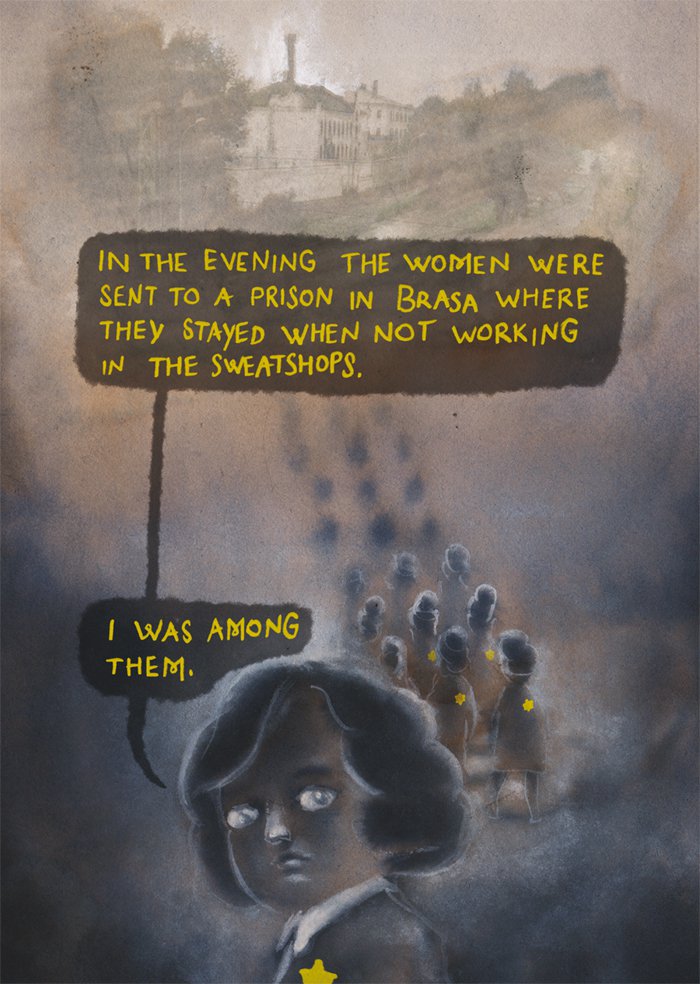
Martins Zutis wraps the oppression and horror faced by Latvian Jews within a casual, almost childish, frame in “Mirjama.” Two friends call to the spirit world and receive communication from Mirjama, who begins to answer their questions about life under Nazi rule. Zutis shifts his cartooning for this segment of the story into a hopeless dark and textured rendering in stark contrast to the more casual visualization of the two people seeking the unknown as part of a parlor game.
Max Baitinger uses an assault in Dresden in 1942 as the launch pad for a philosophical tracking of the anti-Semitism throughout the era in “Book To The Head.” In only a few pages, he manages to trace hate through the language of one book well through the post-war world of espionage and Communism, not to mention the more intellectual analysis of the rise of the Nazis. It’s a masterful bit of non-fiction cartooning that moves past the usual dryness and focuses on the textual content rather than the emotional and larger meaning.

Taking place in Warsaw, Zosia Dzierzawaska’s “Bricks” documents the life of the city through the war, with its citizens as components of its experience. Realized in gloomy gray washes that offer occasional hints of other tints which remain overtaken, Dzierzawaska focuses on the urban planning element of the Warsaw’s destruction by Nazis. The destruction of the city, its rebuilding, and the Warsaw uprising all unfold through the meetings of architects, gossip in street scenes, and the almost casually-related personal tragedies of the residents mentioned within other conversations. The complexity of shaping an urban environment mirrors the complexity of maintaining life, with people obviously as the building bricks of community.
The volume is completed with a compelling and insightful postscript by Ole Frahm offering analysis of the stories, and beckoning the reader to take another stab at these works with all Frahm’s ideas about them considered.
Brought together in one volume, these five stories function as a tapestry of experiences. There’s certainly nothing good to be said of the Holocaust, but as a story-telling backdrop, it is well-mined, even in comics. The cartoonists here, though, offer a distinctly European take on the horror that centers on the human experience, but does so through a number of other ways to encounter the world — architecture, philosophy, mysticism — offering a complex vision of what forces conspired in Europe so many years ago.


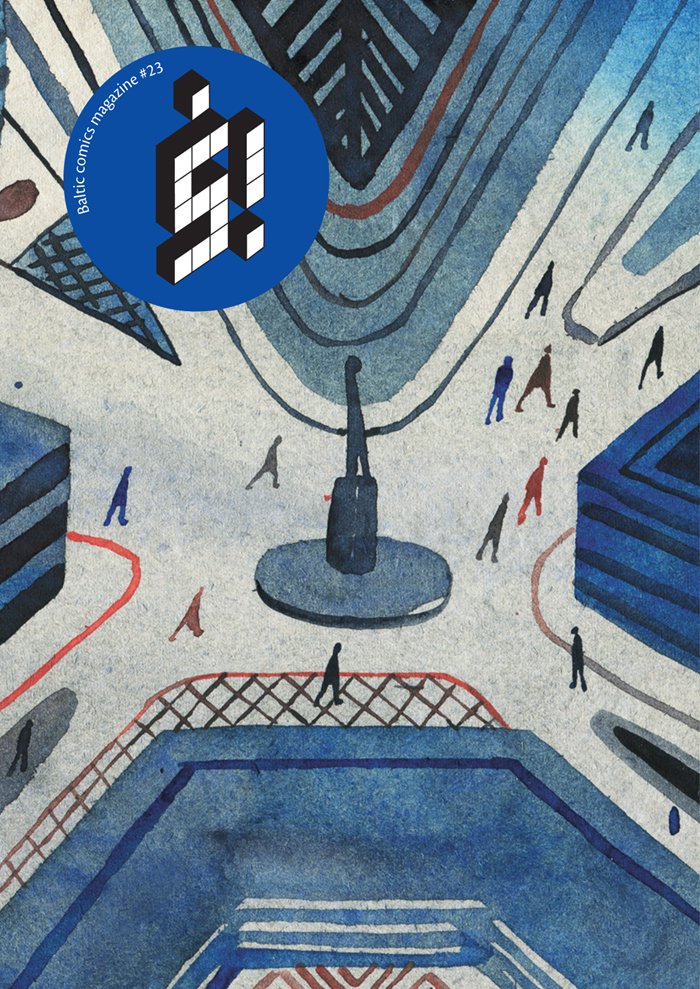
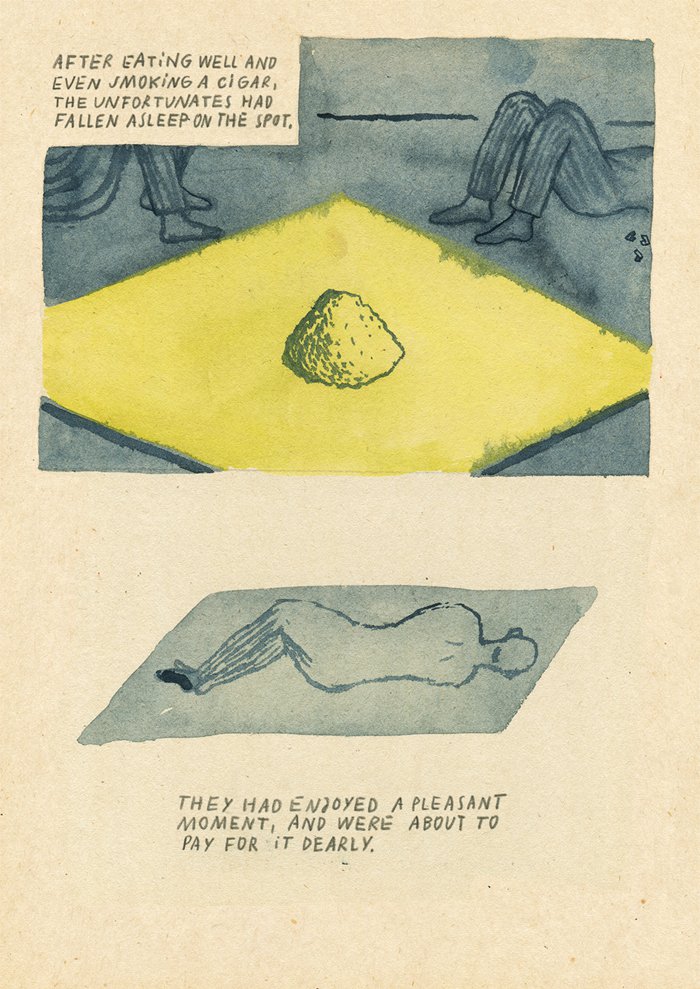
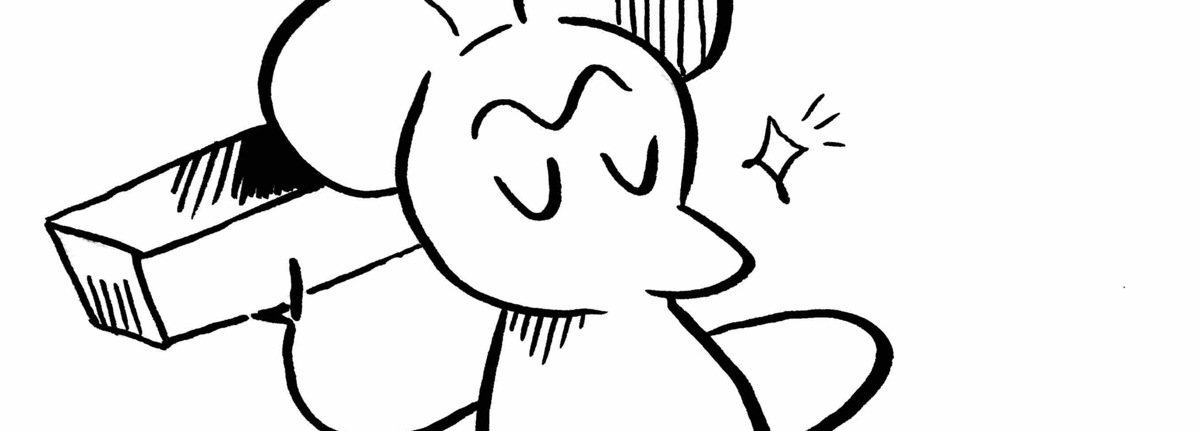
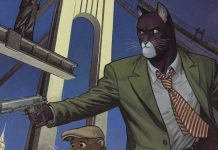




Comments are closed.